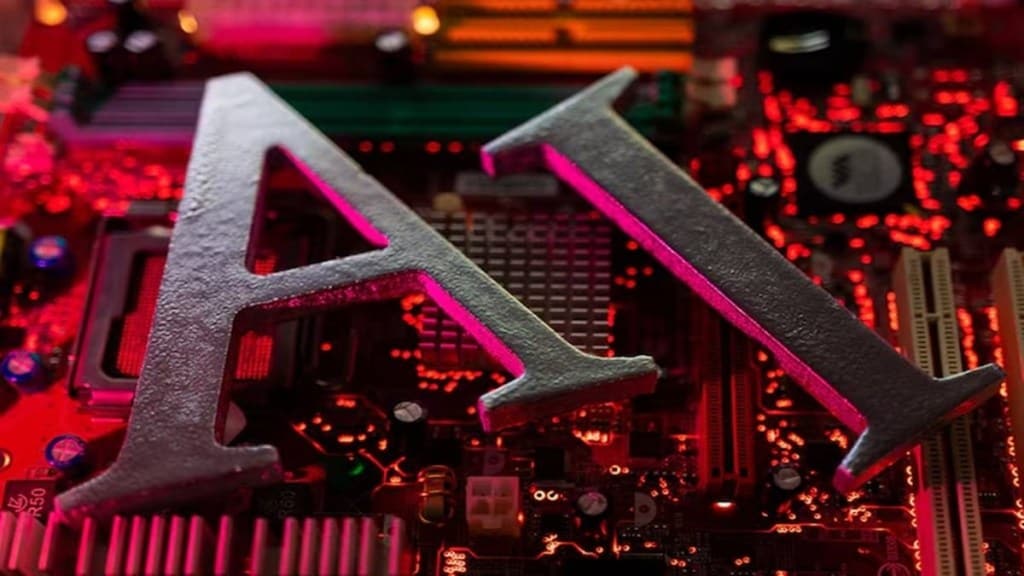Artificial intelligence (AI) is increasingly recognized as a critical force in enhancing national security. It equips defence forces, intelligence agencies, and law enforcement with advanced tools to address evolving and complex threats. By harnessing technologies such as Generative AI, Open-Source Intelligence (OSINT), and Big Data, AI provides real-time insights and predictive capabilities that significantly improve decision-making, threat detection, and response times.
“Artificial Intelligence is revolutionizing national security by empowering defence forces, intelligence agencies, and law enforcement with cutting-edge tools and systems. By harnessing Generative AI, OSINT, and Big Data, these agencies can address complex threats with precision, agility, and efficiency. AI delivers 360° situational awareness, predicts threats, automates surveillance, and defends against evolving cyberattacks. It accelerates decision-making, enhances counter-terrorism efforts, and strengthens border security while reducing human error and response times. For India, AI is not just a technological advancement but a strategic pathway to global leadership, ensuring resilience and dominance in an era of dynamic global challenges,” explains Tarun Wig, Co-founder & CEO of Innefu Labs, to FinancialExpress.com in an exclusive interaction.
By enabling precise intelligence gathering, improving cyber defence, and automating surveillance, AI ensures that national security efforts are more agile and effective, allowing agencies to stay ahead of emerging threats.
Leveraging AI for Integrated Theatre Commands: Revolutionizing Military Strategy
AI is transforming India’s Integrated Theatre Commands (ITCs) into powerful, data-driven hubs that bridge operational silos across land, air, and maritime domains. This integration enhances the coordination, decision-making, and real-time responsiveness of military commanders, equipping them with advanced predictive analytics and situational awareness tools.
“Artificial Intelligence is transforming India’s Integrated Theatre Commands (ITCs) into agile, data-driven hubs of military strategy. By bridging operational silos across land, air and maritime domains, AI enables seamless coordination and real-time decision-making. With advanced predictive analytics, threat forecasting, and situational awareness, commanders can anticipate risks, optimize resources, and respond proactively to evolving threats. AI automates the analysis of diverse data formats, from drone feeds to text and videos, delivering actionable intelligence and reducing response times. This integration of AI not only enhances operational efficiency but also establishes India’s strategic superiority, ensuring resilience and dominance in the complex landscape of modern multi-domain warfare,” according to Wig. explains.
“AI is not just a tool but a force multiplier, enabling Integrated Theatre Commands to operate as a cohesive, agile unit. The future of defence lies in leveraging AI to redefine strategy and ensure precision in action,” he adds.
AI as a Force Multiplier: Maximizing Military Efficiency and Effectiveness
In his view AI serves as a “force multiplier” for military operations, optimizing resource use, enhancing decision-making, and boosting efficiency.
“Artificial Intelligence is the ultimate force multiplier, enabling our armed forces to achieve more with fewer resources while enhancing operational efficiency and soldier safety. By automating routine tasks and offloading low-value work, AI allows military personnel to concentrate on critical priorities, reducing workload and increasing effectiveness. Its ability to analyze vast data sets and deliver actionable insights in real-time empowers commanders to make faster, more accurate decisions. From improving combat lethality to optimizing resource allocation, AI is revolutionizing military efficiency, ensuring our forces are always a step ahead in safeguarding national security.”
By facilitating more informed, real-time decisions and improving combat readiness, AI strengthens the military’s capacity to act swiftly and with greater accuracy.
Harnessing AI to Resolve India’s Judicial Challenges: A Technological Solution
“Artificial Intelligence is poised to transform India’s judicial system by addressing inefficiencies and accelerating justice delivery. With secure, on-premise AI solutions, courts can process and analyze vast volumes of data with precision, enabling streamlined workflows and faster case resolutions. Advanced tools like speech-to-text, multilingual OCR, and sophisticated text and image processing simplify legal research, summarize case files, and accurately translate complex legal documents. By automating routine tasks and delivering actionable insights, AI allows legal professionals to dedicate more time to critical judgments and decisions. This technological leap not only enhances efficiency and transparency but also moves India closer to achieving a more accessible, inclusive, and equitable justice system,” he adds.
India’s Leadership in AI Adoption: A Vision for the Future
“India’s remarkable leadership in AI adoption, as highlighted by the recent BCG report, reflects the nation’s strong commitment to leveraging technology for transformation. With 30% adoption, surpassing the global average of 26%, India is uniquely positioned thanks to its skilled workforce, robust government initiatives like ‘National Strategy for AI’ and ‘AI for All,’ and a dynamic startup ecosystem. The widespread integration of generative AI—used weekly by 83% of Indian employees—underscores how innovation is becoming deeply rooted in our professional culture. This confluence of support, talent, and vision not only enhances India’s AI capabilities but also reinforces its role as a global hub for technological advancement,” Wig observes.
India’s commitment to AI adoption, along with its strategic focus on creating an innovation-driven ecosystem, ensures that the nation remains at the forefront of technological development and global AI leadership.


